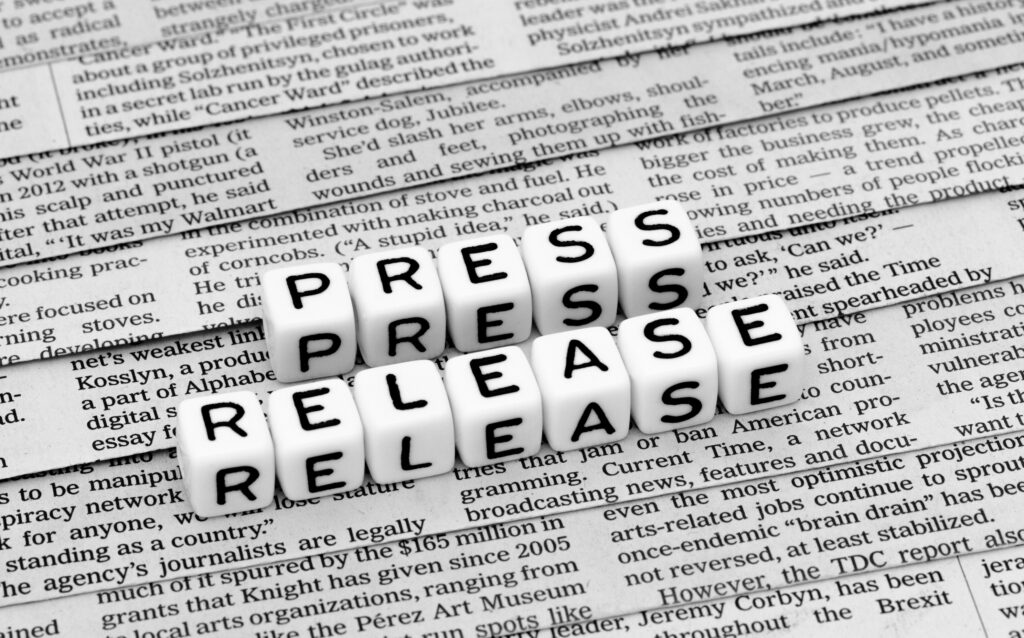A press release can do a lot of things. It can help you get your story to appear among headlines on numerous news sites. It can capture the attention of journalists, reports, bloggers, and news curators, who will then raise your signal to their audiences. It can serve as a short and long-term marketing asset that boosts credibility and brand recognizability.
But for all of the potential impacts of a press release, what is its main purpose? This article will explore some of the most basic functions of a press release, including how that has changed, and offer tips to help you create one with real purpose.
The Original Purpose Of A Press Release
Press releases were once primarily meant to issue official statements and explain developments to journalists. They were mainly composed by public relations firms and then issued to reporters, editors, and media gatekeepers through a news cable, news wire, or as part of a press packet.
With a press release, a reporter could decide if the story was worth covering. They would also rely on it as a primary source from an individual, company, or organization at the center of a notable development.
Press releases are still used for this purpose, but with direct access to media distributors online, people and businesses now have the option to publish their announcements so that they automatically appear on news sites and in search engine results. Because of this, press releases can serve purposes that go beyond primary sources for journalists.
The New Purpose Of A Press Release
The potential for a press release to appear among news headlines on small and large media outlets means that this content carries many marketing advantages. But, issuing a press release is not the same as launching an ad campaign or any other type of promotional content. A press announcement still needs to be based on something notable and substantive, and it needs to communicate that news in a creditable way.
A press release is still meant to be a primary source of information that comes directly from a person or organization. When best practices are employed, a press release can reflect favorably on the issuing party or control a narrative in a preferable direction, which can amount to lasting benefits. But, they are not promotional and still must be fact-focused and objective if they’re to gain any traction and retain credibility.
Knowing how to write a press release requires a solid understanding of how to approach a topic like a journalist, not a marketer or advertiser. Even though this content will be used for marketing purposes, such as a press release that compares a product with a competitor’s, or to foster good publicity and brand-building, such as a press release that announces a charitable donation, its goal is to ensure the reader is informed on an attention-worthy piece of news.
Ideally, a press release is going to be based on something that will genuinely interest a targeted audience and not just something the issuer wants to hype up. Once that newsworthy foundation is there, then all a press release needs to do is answer key journalistic questions about the topic by simply presenting the facts.
To see how this is done, a press release template can be a great resource—not only to gain a sense of how to adopt the objective tone of a journalist, but also to see how information should be catered to the interests of a marketplace.
Tips For A Purposeful Press Release
As you decide to put a press release to work, the following tips will help you ensure that it serves a purpose.
All press releases should have a point, which is to inform its audience of something notable, not just to promote something that isn’t current or noteworthy.
Before you begin your first draft, collect and organize information that answers key journalistic questions about your news, which are what happened, who is responsible and who is affected, when and where it happened, and why it matters.
Avoid subjective and hyped content and instead use framing and facts that will be most interesting to your ideal readers.
Use a publisher or distributor with a robust network so that your press release will appear on trusted online media outlets and in search engine news results.









